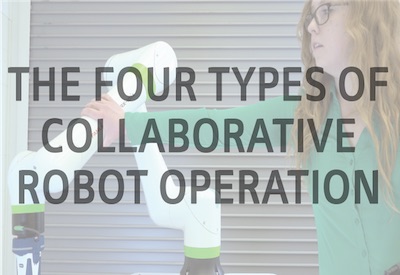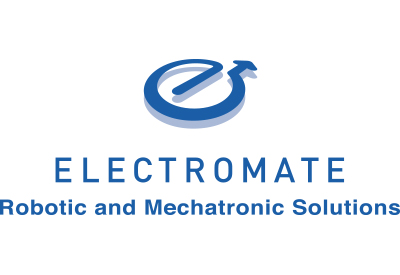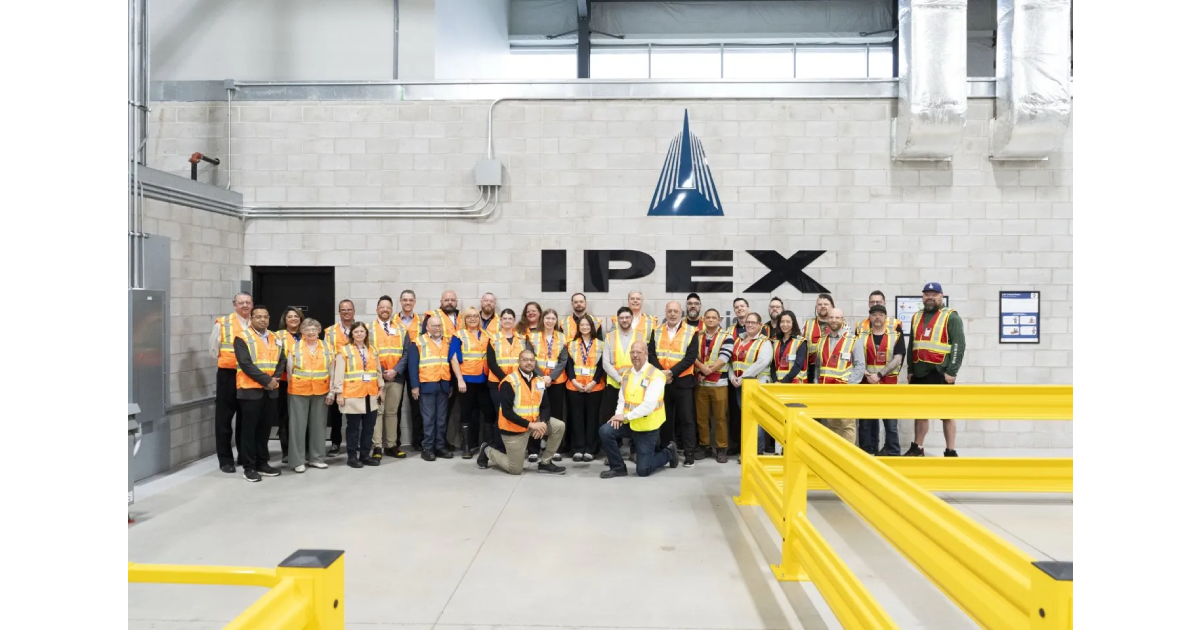The Four Types of Collaborative Robot Operation

Apr 1, 2020
Collaborative robots are becoming increasingly popular in manufacturing. As more companies adopt automation, there are many tasks identified that require people to work in collaboration with a robot. Let’s examine the four types of collaborative robot operation:
1. Power and force limiting cobots
Power and force limiting cobots are likely what most people think of when they hear the term collaborative robots. They are designed specifically to sense contact with people and cease operation, eliminating the need for safety barriers. They are best suited for smaller applications.
For the three other types of collaborative operation, any industrial robot can be integrated with safety devices to become “collaborative”.
2. Safety rated + monitored stop cobots
Safety rated + monitored stop cobots detect when a person has entered a designated area and stop operating until the person leaves that shared workspace, eliminating the need to have to restart a robot with the push of a button. Once the person leaves, the robot automatically continues its task. These are generally used when there’s not as much interaction between a person and a robot.
3. Speed and separation cobots (also called “fenceless”)
Speed and separation cobots — more simply referred to as “fenceless” cobots — work well when there is not much interaction with a person, but a person needs easy access to the robot. Safety laser area scanners are commonly used to set up zones near the robot’s workspace. When a person approaches the robot, its movements slow down, and then stop if that person gets within reach of the robot’s workspace. As soon as the operator moves out of the robot’s workspace, the robot automatically resumes normal speed.
4. Hand guiding cobots
Finally, hand guiding cobots have a safety rated device attached to the end of the robot’s arm to allow a person to manually guide or move the robot around. Hand guidance is often used to quickly and easily program new robot paths and positions by hand. It’s ideal for mobile applications where the cobots move between stations and require re-training to accomplish different tasks, and when the cobot needs to be reprogrammed frequently for a new job.
Understanding the challenges
At first, some people thought that cobots were introduced to replace people’s jobs. In reality, cobots are designed to work as assistants for tasks that are too dull, dirty or dangerous for people to perform. An example is picking parts all day — this type of work is repetitive and may be physically difficult if the objects are heavy. A cobot can lift a large car door during assembly, for instance, and hold it in place for a worker to make the delicate electrical connections that a cobot is not able to accomplish. From an ergonomic standpoint alone, cobots are a real asset to anyone working long hours on the production floor.
Another challenge involves risk assessment, which helps determine if a cobot is suitable for a particular workspace or application. While it’s a definite space-saving benefit when the use of a cobot eliminates the need for a safety enclosure, companies need to consider other moving parts and equipment in the work area where there’s a lot more going on than just the cobot’s activities. Other variables to consider are keeping operators safe when pneumatic mechanical grippers are used. In manufacturing, there are always challenges, and when it comes to operator safety, nothing should be taken for granted.
The benefits of using cobots
As manufacturing technologies advance, robots continue to help companies increase productivity and profitability. With more choices, payloads, reach, and speed options than any other brand, FANUC offers the widest range of cobots. For those considering cobots for future applications, it’s important to weigh the benefits:
• save valuable floorspace — eliminating safety enclosures can streamline available workspace
• increase flexibility with the ability to move a cobot from station to station
• well suited for high-mix/low volume applications
• quick and easy to install
• easy to teach a cobot to perform new tasks and functions, allowing users to quickly move from one job or one part to another without having to invest too much time or effort into setting up for the next task
• FANUC’s new CRX collaborative robots are lightweight and easy to handle, making them ideal for mobile applications.
• the CRX has a new tablet teach pendant as the HMI between the operator and the cobot, a more familiar means of digital communication for most people
Looking ahead, as advances in AI make cobots and other robotic and automated systems more intuitive, the interface between operator and machine is becoming more fluid and productive, which really underscores the importance of collaborative operations.
This article was extracted from a recent article in Industrial Machinery Digest. For more information go to www.fanucamerica.com/cobots















